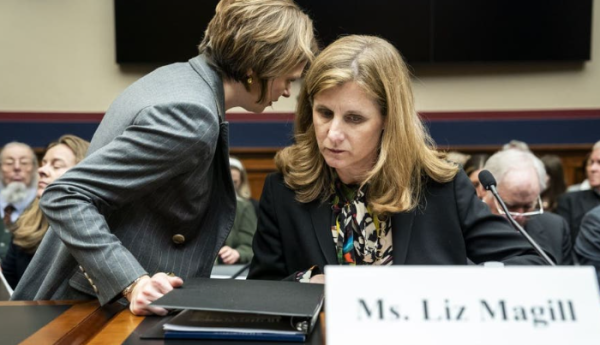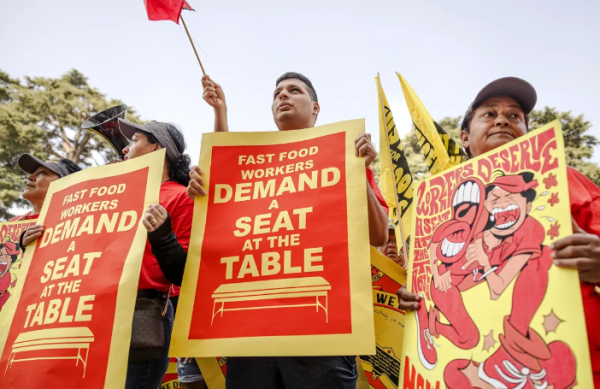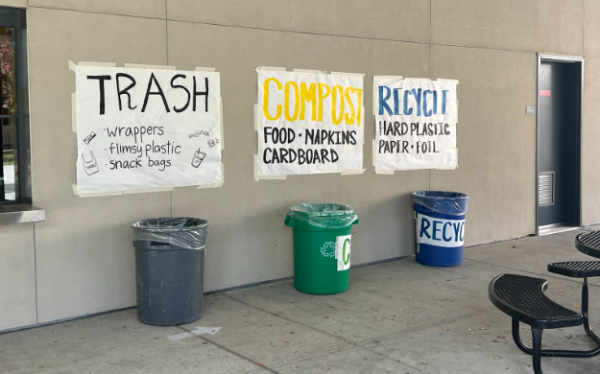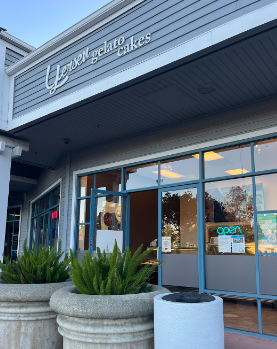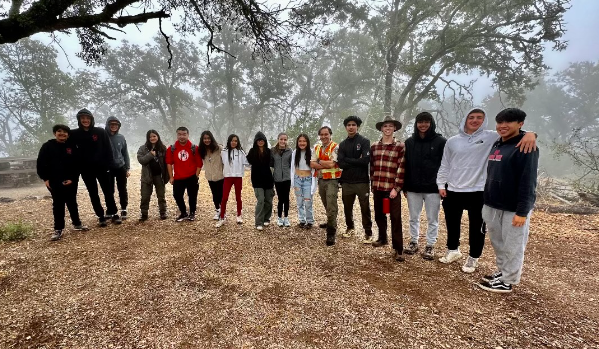Recent Increase In Gas Prices and Its Effects

Monte Vista High School student Nikki Esmaili, captures a photo of Chevron Gas Station on Friday, February 4, 2022. The gas station is located on 8000 Crow Canyon Rd, Danville CA.
Gas prices are at some of the highest rates they have ever been, catching the attention of the Monte Vista community.
COVID-19 has and continues to impact all aspects of life, including the production of oil which has contributed to the recent surge in gas prices. After oversupplying the oil production market, shareholders are focused on earning back the money that they lost.
The average gas prices in California are significantly higher than gas prices in other states for a multitude of reasons. One reason is a shortage. California has such a high demand for gas that it would need every gas refinery to be employed and at full capacity of gas to meet that demand. Although COVID-19 has played a vital role in the increase of gas prices by causing supply chain and labor issues, the heavy rain Northern California experienced in October has also impacted gas production. Moreover, in California, high taxes have added to these record-high prices.
Gina Henehan, a Monte Vista High School Economics teacher, explains the reasons for the increase in gas prices.
“Previously the demand met the supply, when people stopped using gas and stayed home, they (gas stations) stopped producing,” Henehan said. “Gas prices are based on how many people want it.”
Driving habits significantly decreased in the peak of COVID times, causing less need for gas, but now the economy is starting to pick up and more people are filling their tanks. More gas is needed than can be supplied which causes prices to skyrocket.
“Other countries aren’t producing as much, the United States is not producing as much, so supply is having a hard time keeping up with that,” Henehan said.
As gas prices have significantly increased, many families, especially low-income and middle-class families, have been affected.
“It hits hardest with the lower income or the middle classes because they have a certain budget, they only make what they make,” Henehan said. “If a person is spending more money on gas that leaves whatever is leftover in your budget left for food, which really affects people on a tight budget.”
Students from Monte Vista are also being impacted by the prices of gas. A lot of students have changed gas stations that they go to because certain ones offer cheaper prices. In California, the average rate of gas in January of 2018 was $3.31, now the average price is $4.64. As gas prices continuously fluctuate, this change can be very difficult for families.
Will Gratteau, a senior at Monte Vista, has found himself more aware of his spending and driving habits due to the fact he pays more of his own money now for gas.
“I carpool with my friends every chance I get because I don’t want to spend money on gas and my friends don’t have to pay for theirs,” Gratteau said.
Although Gratteau has other responsibilities such as school and sports, he now has to get a job to keep up with the new gas prices.
“I’m going to get a job because my money is draining because of gas prices,” Gratteau said.“Now I don’t stop and get food as often on my way home from school because I realize that that is money that I need for my gas because I am spending almost twice as much a week as I used to.”
Gratteau is more aware of where he drives, causing him to be more hesitant about how much mileage he uses.
The new high gas prices are negatively affecting a lot of people. Economists and policymakers are divided over whether gas prices and other inflated goods and services will remain this high or drop sometime soon. The Federal Reserve is expected to begin raising interest rates soon to combat inflation.

Julia Cotton is currently a Senior at Monte Vista. This is her first year on the Stampede. As a staff...

Nikki Esmaili is a senior at Monte Vista High School and will spend her first year on the Stampede as...


